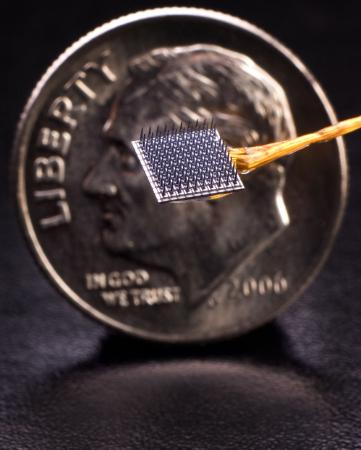Our incoming students might be interested in this - PythonFiddle.com is a cloud-based IDE that lets you write and run code in your browser. Both apps and data are migrating to the web, but apps have lagged. There are plenty of ways to store almost any data in the cloud, but there are still many kinds of apps that only run locally (and many apps that do have cloud-based versions are still far behind their local equivalent. Working with students on their code over the years, I've been desperate for a GOOD cloud-based IDE, so that wherever we are I can sit down with them and run their code in the same environment in which they've been running it (it gets old really fast to have them email me their code, often missing some files, then download them, import them into Eclipse, compile, run, debug, comment, and then reupload the files for them...
Let me know if you know of other cloud-based IDEs that you like, especially any for C++, Java, Prolog, or any of the Lisp variants.









